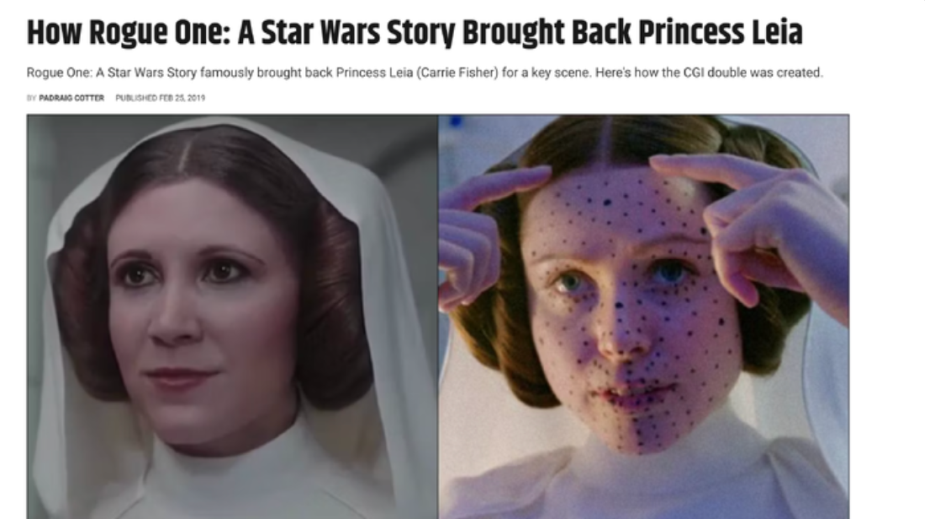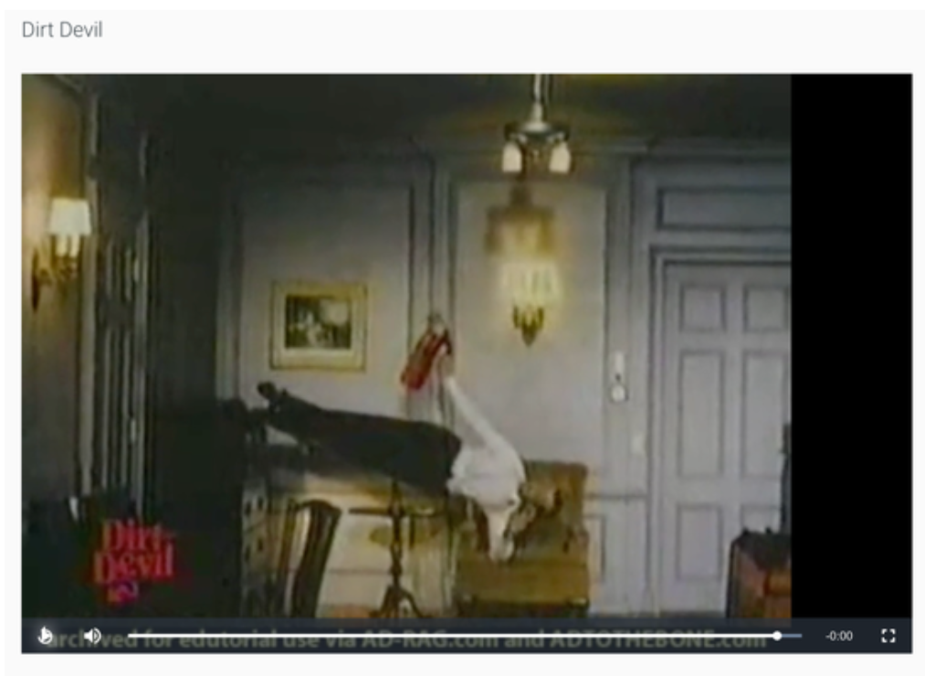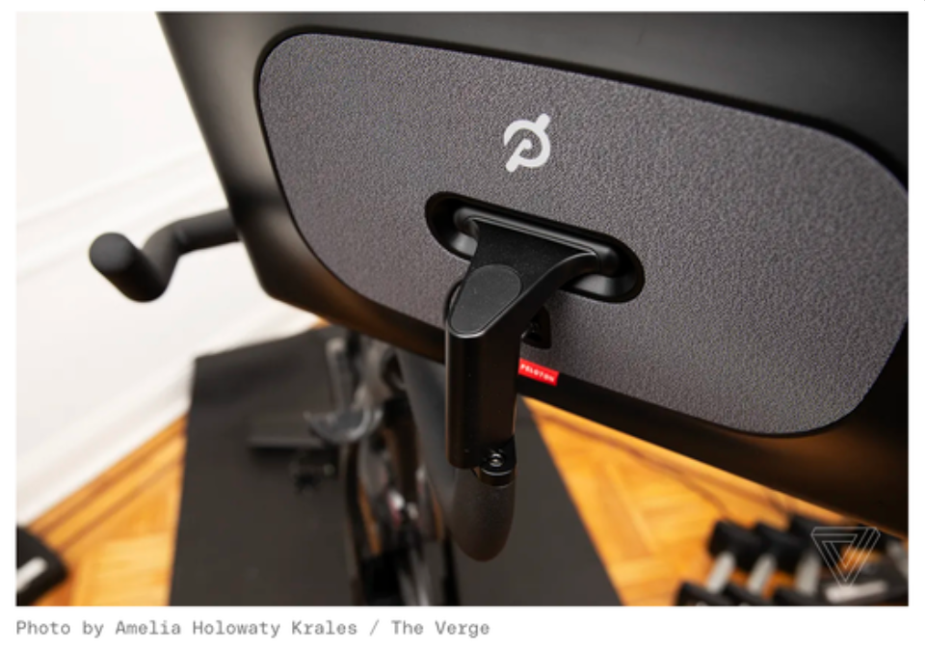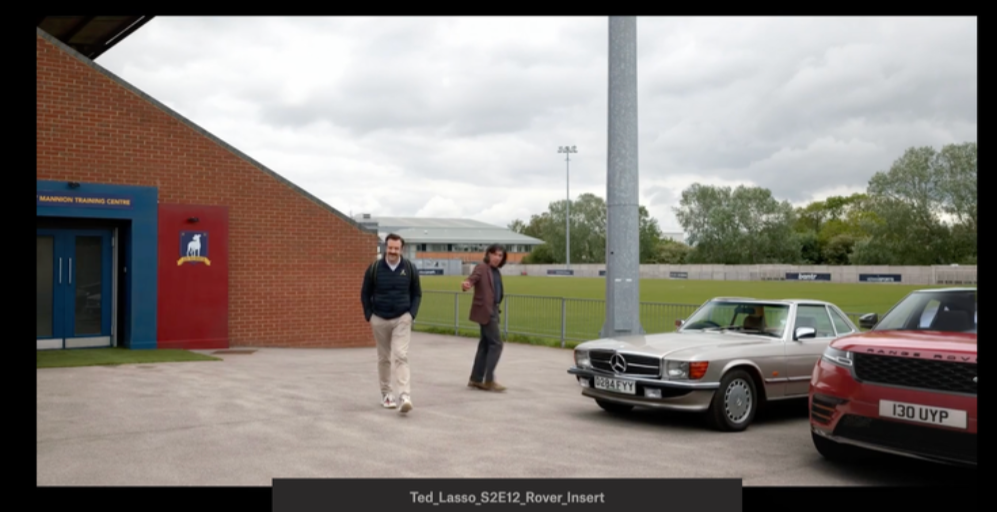
No Deep Fakes. Ever.

Regulatory bodies donʼt accelerate at the speed of technology.
Hollywood is currently at a standstill over the implications of artificial intelligence on the creative industry, and international governing committees are only in the nascent stages of understanding what AI is and determining how to effectively oversee it.
As tech giants from Google to OpenAI to Microsft to IBM are calling for safety standards surrounding the products they themselves, are creating, one thing is becoming incredibly clear: There is no time to wait for other people to make the rules. Rather, it is incumbent on the people who understand the technology — and its potential dangers — to set the tone by not only not defining and implementing best practices but also publicizing their policies to anyone who will listen.

Ryff Says NO DEEP FAKES!
So what do we pledge to do — or, more accurately — pledge not to do:
Absolutely No Deepfakes
Garry Edwards, chief strategy officer at Ryff, explains the difference between deep fakes and virtual product placement: deepfakes are meant to deceive viewers and spread false information, whereas VPP is used to promote brands.
Deep fakes deceive viewers by creating false and/or manipulated content, making it appear as though something was said or happened that did not actually occur. Though both involve manipulating digital content, VPP and deepfakes differ in both purpose and techniques.
Purpose
• Virtual product placement is all about leveraging the power of advertising and promotion. By introducing products or brands into media content, it has the potential to shape viewers' ideas and purchasing decisions.
• Deepfakes are a form of synthetic media in which an individual in an existing image or video is replaced with another person's likeness, typically with the goal of creating believable false content.
Technique
• Virtual product placement involves digitally adding products or logos to video content through the use of digital effects and machine learning. These techniques can range from simple, such as adding a product to a scene, to more complex manipulations of the scene to incorporate a product.
• Deepfakes involve the use of machine learning algorithms, specifically generative adversarial networks (GANs), to convincingly swap faces or bodies in videos. They require substantial computational resources and a large amount of training data to create realistic results.
Here is how we ensure that VPP is done ethically rather than vying into the world of deep fake.
It's Only Real If It Isnʼt Fake
If a living person, organisation, or corporation would have shown a brand, logo, or product if they could have done so, then it is not fake. For example, if you would have worn a Louis Vuitton shirt for an event, but they could not get it to you on time, then this is not fake. It is a digital delivery of what you would have done if you could have. On the other hand, if you would not wear a Louis Vuitton shirt for any reason, then this is fake.
While some of our standard practices are more creatively flexible — like whether or not a character would have a specific brand in their home — others are not.
No Digital Humans Ever.
"And that doesn't mean creating fake people from the ether. Ryff draws the line at manipulating human faces and voices in any way," said Roy Taylor, founder and CEO of Ryff.
It may appear trivial to some, but we perceive a great contrast between placing a soda on a kitchen countertop and using advanced technology to have an actual actor virtually drink from the can. We are wary of the potential political implications of digital puppetry and thus are adamantly opposed to it.

Tom Cruise in a hyper-realistic Tik Tok
Respect The Dead.
Since 2012, when a hologram of Tupac headlined Coachella, posthumous concerts for artists from Whitney Houston to Frank Zappa have sparked intense debates about the ethics of using the nonconsenting dead for entertainment.
Actors have also been incorporated into film franchises, some more openly than others following their deaths. The documentary Roadrunner: A Film About Anthony Bourdain incorporated AI-generated audio of the late chef’s voice without disclosing to its audience that the narration wasn’t being read by the late chef but, rather, a synthetic rendering of his voice. (Filmmakers justified this choice since Bourdain had written the words AI spoke, but many viewers saw it as an unethical deception.)

Carrie Fisher, Star Wars CGI
The Star Wars franchise, on the other hand, very openly publicized that they were creating a CGI rendering of Carrie Fisher to appear in The Rise of Skywalker, even using the late actor’s daughter as her body double, thus creating a comfier and more consensual narrative surrounding posthumous AI.
Even if the audience calls for it and the estate enthusiastically consents, we will not reimagine life after death. Fisher may have agreed to be in the Star Wars sequels before her death, but if James Dean had heard that he would be resuscitated to star in a sci-fi film half a century after his death, it would have sounded like science fiction. And we want no part of this alternate and ethically precarious reality.
No Time Shifting
Context matters. And even though brands have the ability to input products into classic films retroactively, we would never replace “Rosebud” with “Dickʼs Sporting Goods.” Steve McQueenʼs motorcycle will never speed past a Verizon billboard. No one in Rickʼs Cafe will ever utter the words: “Play it again, Siri.” That would completely undermine the integrity of the legacy content and the purpose of product placement.

Fred Astaire Appeared in a Dirt Devil Spot with the approval of his estate
VPP gives us the opportunity to be more thoughtful and authentic when it comes to what works best in a scene. Additionally, it allows us more time to create an accurate bottle of 1920 Hennessey for the top shelf of a Depression-era Irish pub, something that a historically or contextually inaccurate brand integration would not provide.
Technology allows us to go back in time and correct unintentional time shifts in previously aired content. For instance, the Game of Thrones audience was entranced by the surprise Starbucks cup that appeared in the show's final season. Yet, HBO digitally removed the errant cameo to ensure that future viewers could watch the episode as it was originally meant to be seen.

The Infamous Starbucks Cup in Game of Thrones
Mutual Vetting
It is essential that all stakeholders, from advertisers to content creators and owners, have control over the quality of their products. To ensure this, Ryff has implemented both standard and custom guard rails to prevent certain integrations from occurring. Our platform will not allow for pairing products and brands with certain content.
Our AI system has the capability to detect every virtual placement opportunity (VPO) within our extensive content library. However, just because the product placement opportunity exists doesn't necessarily mean that it is available to anyone. With the help of our Spheera technology, both advertisers and content owners can decide what is and isn't an appropriate partner. For instance, a wholesome television show can restrict access to alcohol brands, and an exercise bike company can automatically reject content in which a beloved character experiences exercise-induced heart failure. Knowledge and control are essential.

Always Act In The Viewer’s Best Interest
At Ryff, we always prioritise the best interests of the viewer. That's why we have chosen not to enter the world of video games, as we don't believe it would benefit gamers. We refuse to compromise their experience by introducing subpar content that would require them to take their eyes off their target, even for a nano-second, and risk being killed. It is more important to preserve the integrity of the game than to pursue a potential revenue sector.
Matter of opinion?
Sometimes, creating guidelines can be tricky. For example, if you think that digitally inserting a car into an empty driveway is intrinsically a deep fake and is bad, then I donʼt know what to tell you. (Except to do more research on the environmental impact - Why Virtual Product Placement Can Help Hollywood’s and Advertisers’ Sustainability Problem of shipping multiple cars from a manufacturer in Detroit to a film set in Dubai, as opposed to using VPP to the same effect.

Ted Lasso - Range Rover
“Ryff is a game changer. Every producer and showrunner has experienced traditional product placement where the decisions are made at the last minute on the shoot, which guarantees a compromise. In traditional product placement, brands and the creative vision of the creator often clash. With Ryff, content makers can add commercial value to the show without constraint and stress. The platform provides us with 20/20 hindsight. It’s now possible in post-production to find opportunities for seamless integration in a natural setting," said Henrik Bastin, founder, and CEO of Fabel Entertainment and executive producer of Bosch.
But we also understand that good doesnʼt come without the possibility of bad. The key is to acknowledge the capabilities of the technology and have the forethought to control it from the very beginning.











